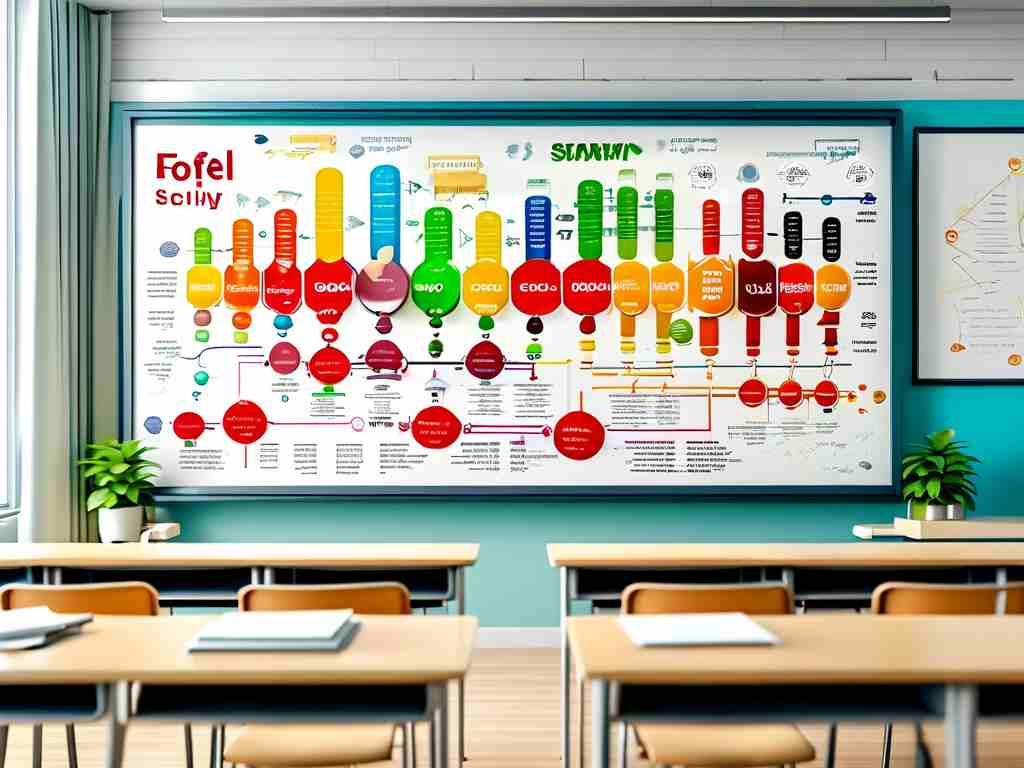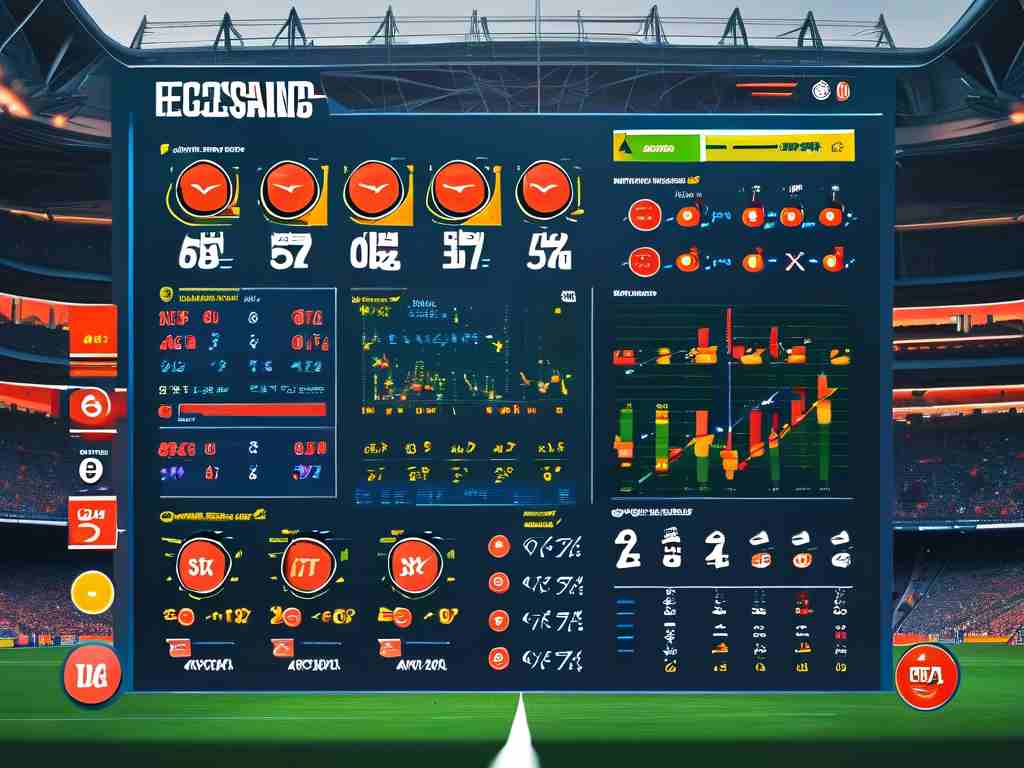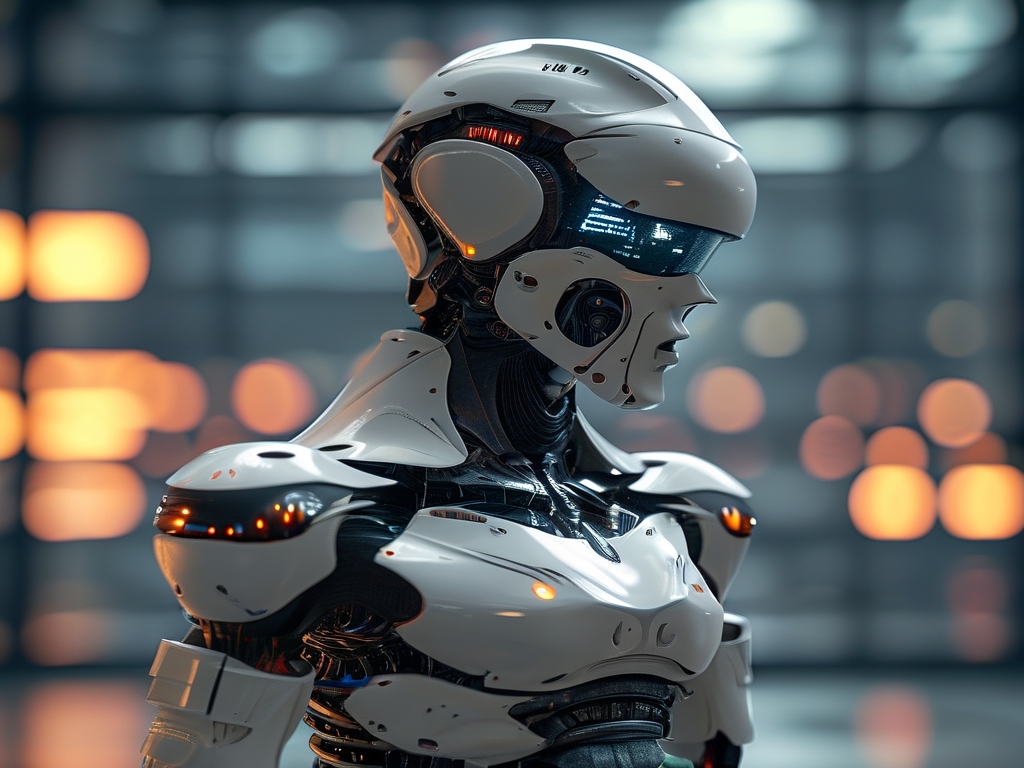In the dynamic world of data science and mathematical modeling competitions, mastering core algorithms is essential for delivering innovative solutions. Participants often rely on a curated set of techniques to tackle complex problems efficiently. This article explores widely used algorithms in modeling contests, their practical applications, and strategies to optimize their implementation.

One foundational approach is Linear Regression, frequently employed to identify relationships between variables. While simple, its interpretability makes it valuable for preliminary analysis. For instance, in environmental modeling challenges, teams might use it to predict pollution levels based on industrial activity data. However, its sensitivity to outliers often necessitates data preprocessing steps like normalization.
Decision Trees and their ensemble variants, such as Random Forests, dominate classification and regression tasks. A competition scenario might involve predicting customer churn using transactional datasets. Here’s a concise Python implementation snippet for a Random Forest classifier:
from sklearn.ensemble import RandomForestClassifier model = RandomForestClassifier(n_estimators=100) model.fit(X_train, y_train) predictions = model.predict(X_test)
This algorithm’s ability to handle nonlinear patterns and feature importance ranking makes it a versatile tool.
For clustering challenges, K-Means remains a go-to method. In a recent urban planning contest, participants used it to categorize neighborhoods based on infrastructure metrics. The algorithm’s efficiency with large datasets is offset by its sensitivity to initial centroid placement—a hurdle often addressed through multiple initialization runs.
Optimization problems frequently demand metaheuristic approaches like Genetic Algorithms (GA). These biologically inspired methods excel in resource allocation scenarios, such as optimizing delivery routes under time constraints. A GA-based solution might involve evolving route combinations over generations, selecting candidates based on fitness functions like fuel efficiency.
Neural networks, particularly Convolutional Neural Networks (CNNs), have revolutionized image-based modeling tasks. In medical diagnosis competitions, teams leverage pretrained models like ResNet for tumor detection in MRI scans. While computationally intensive, transfer learning techniques enable effective model adaptation with limited training data.
Hybrid approaches are gaining traction in advanced competitions. A case study from a financial forecasting event showed that combining ARIMA (for time-series trends) with Gradient Boosting Machines (for capturing nonlinear residuals) improved prediction accuracy by 18% compared to standalone models.
Critical considerations for algorithm selection include dataset scale, problem dimensionality, and interpretability requirements. For real-time judging systems, lightweight models like Logistic Regression might outperform complex deep learning architectures due to faster inference speeds.
Model validation techniques equally influence competition outcomes. Cross-validation strategies, such as stratified k-fold splits, help prevent overfitting—a common pitfall when working with limited competition data. Additionally, metric alignment with competition criteria (e.g., prioritizing F1-score over accuracy in class-imbalanced problems) is crucial.
Emerging trends show increased adoption of automated machine learning (AutoML) tools. However, top-performing teams often blend these with manual feature engineering, demonstrating that human intuition remains irreplaceable in crafting domain-specific solutions.
Ultimately, success in modeling competitions hinges on strategic algorithm selection, rigorous experimentation, and creative problem framing. By mastering these core techniques while staying adaptable to novel approaches, participants can significantly enhance their competitive edge.








